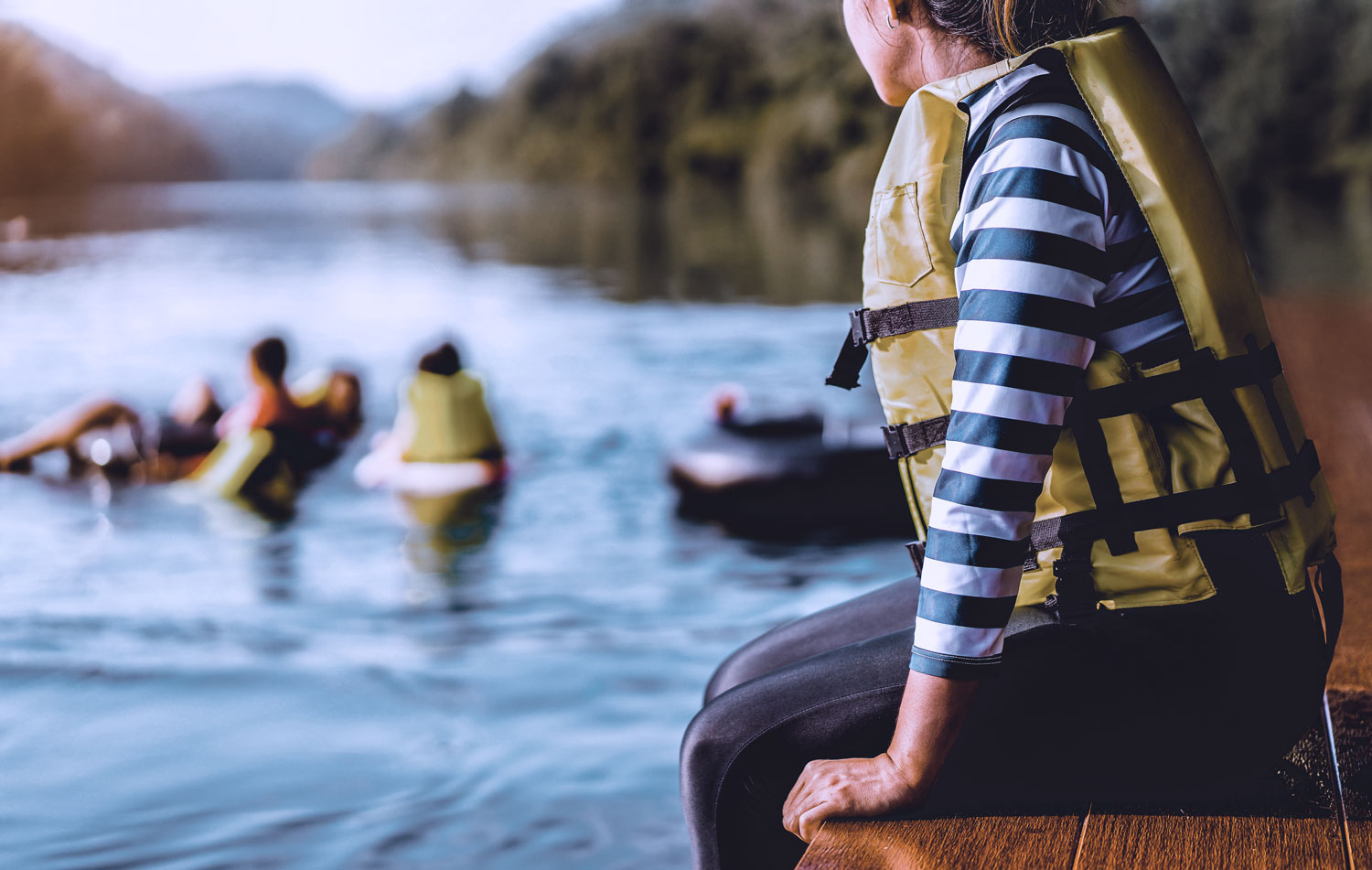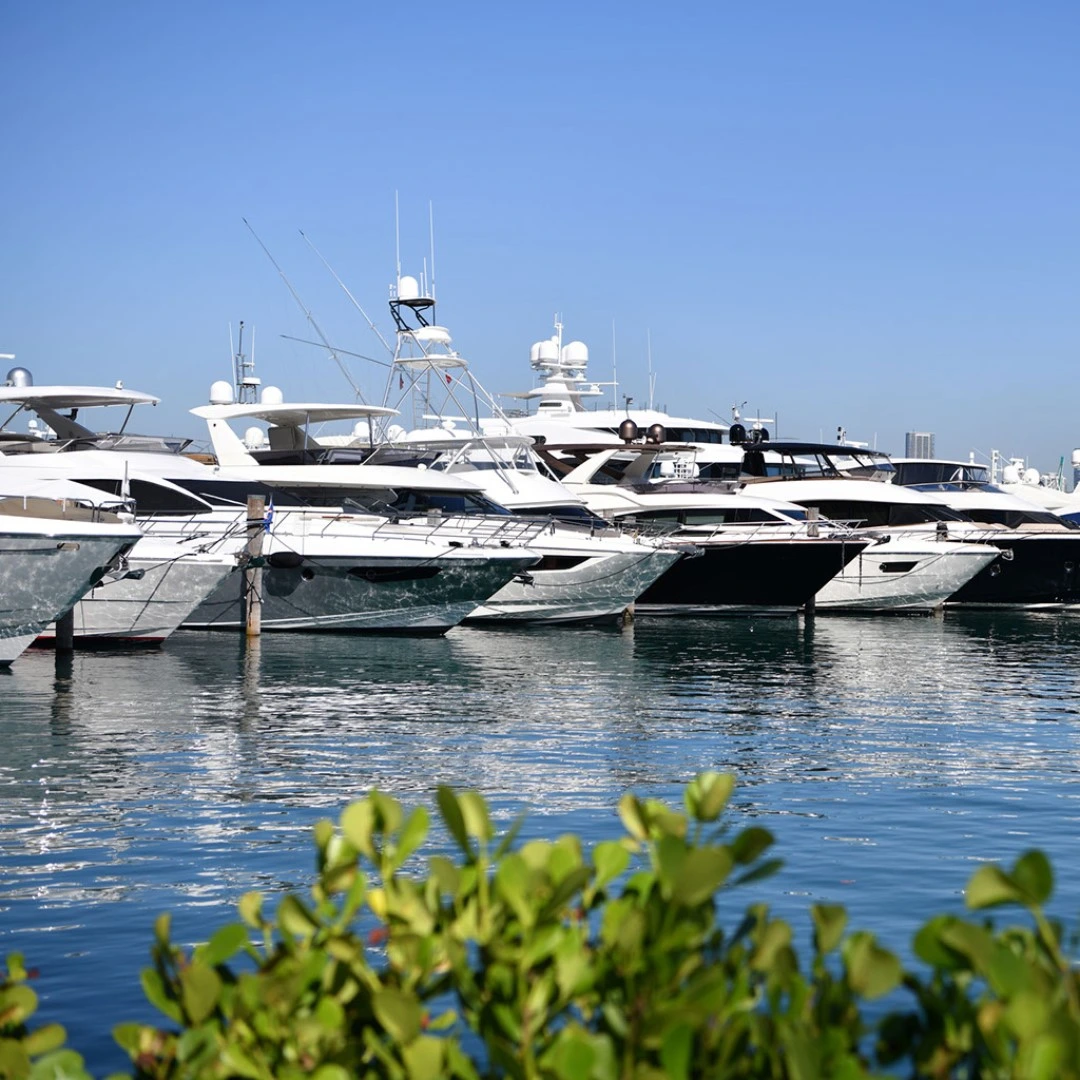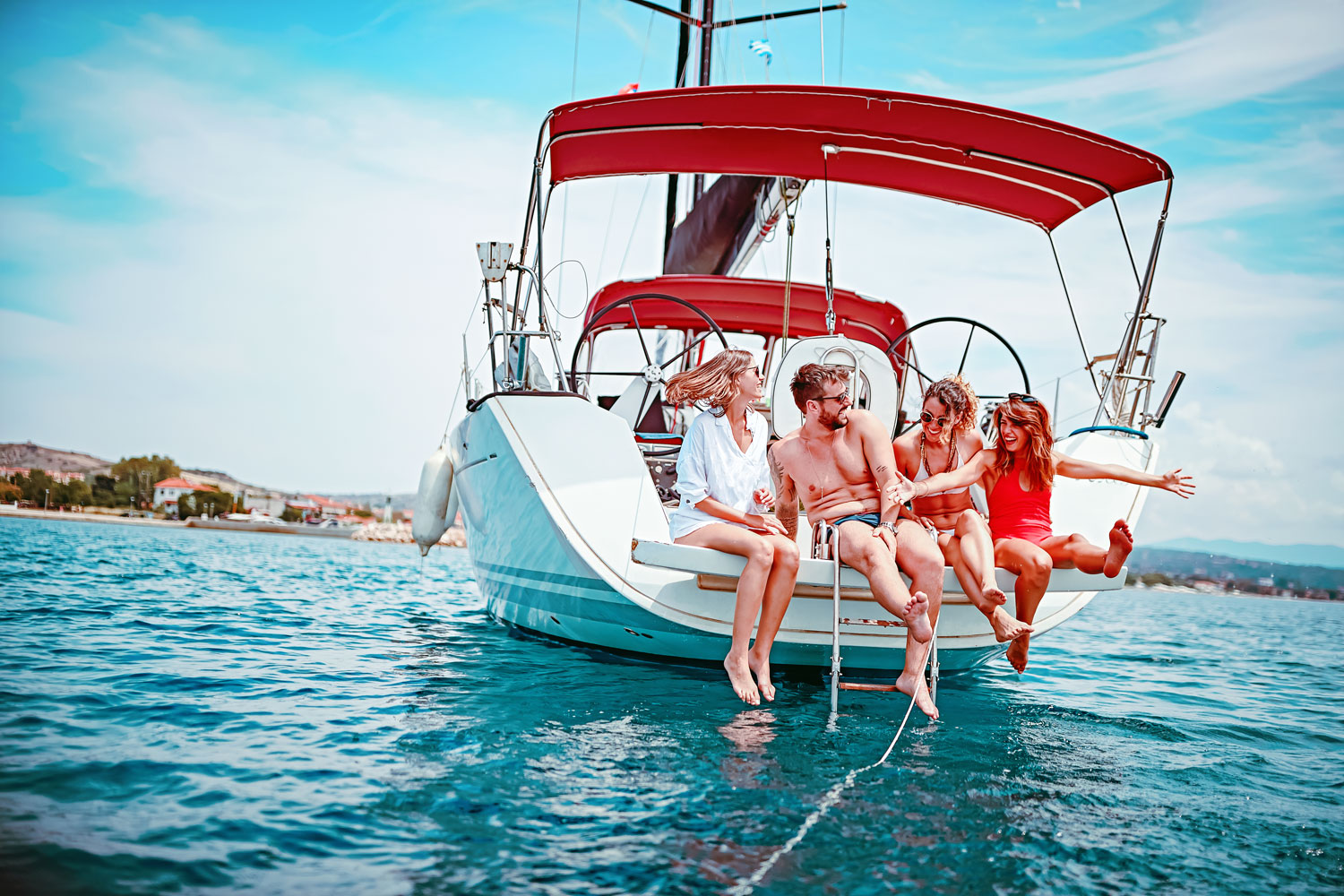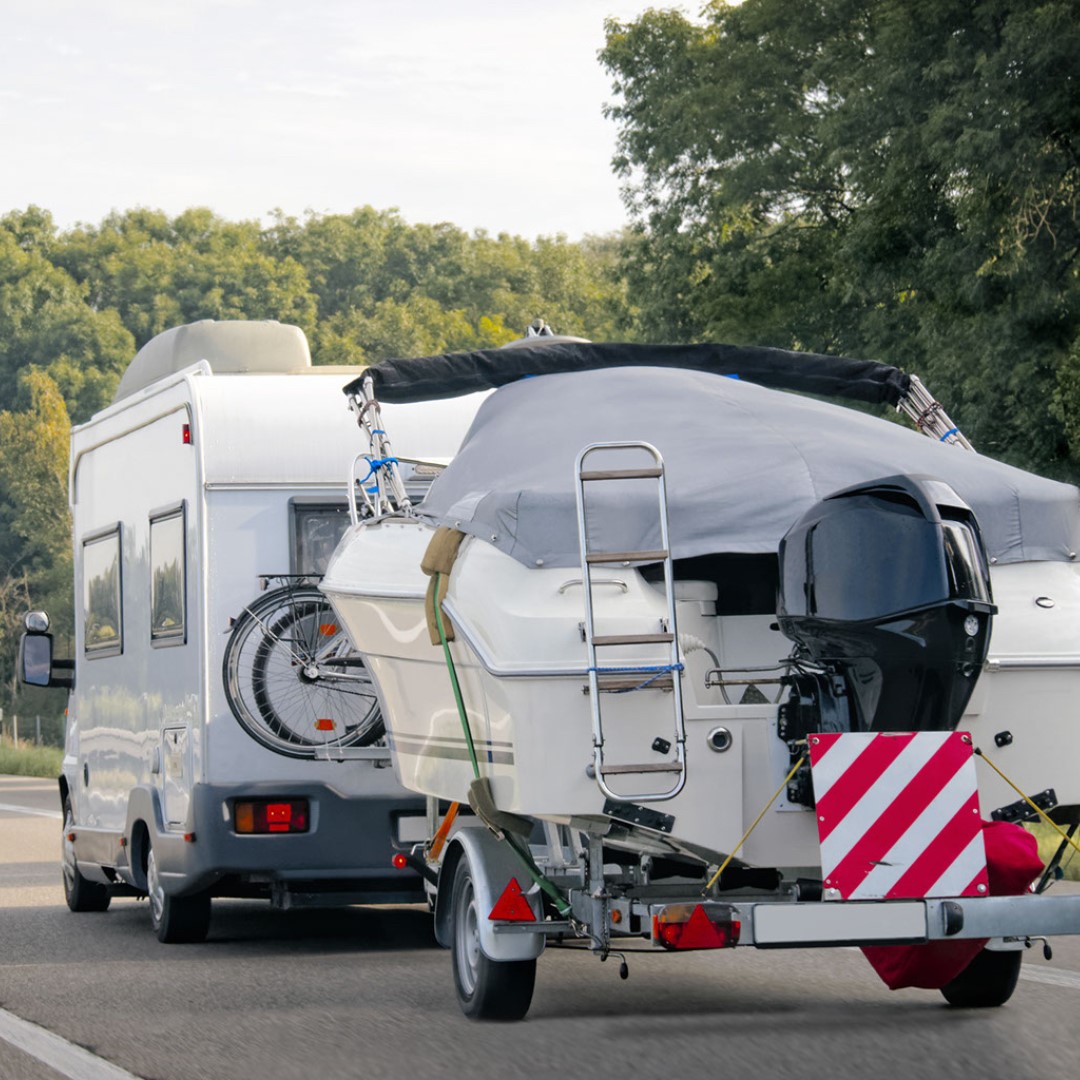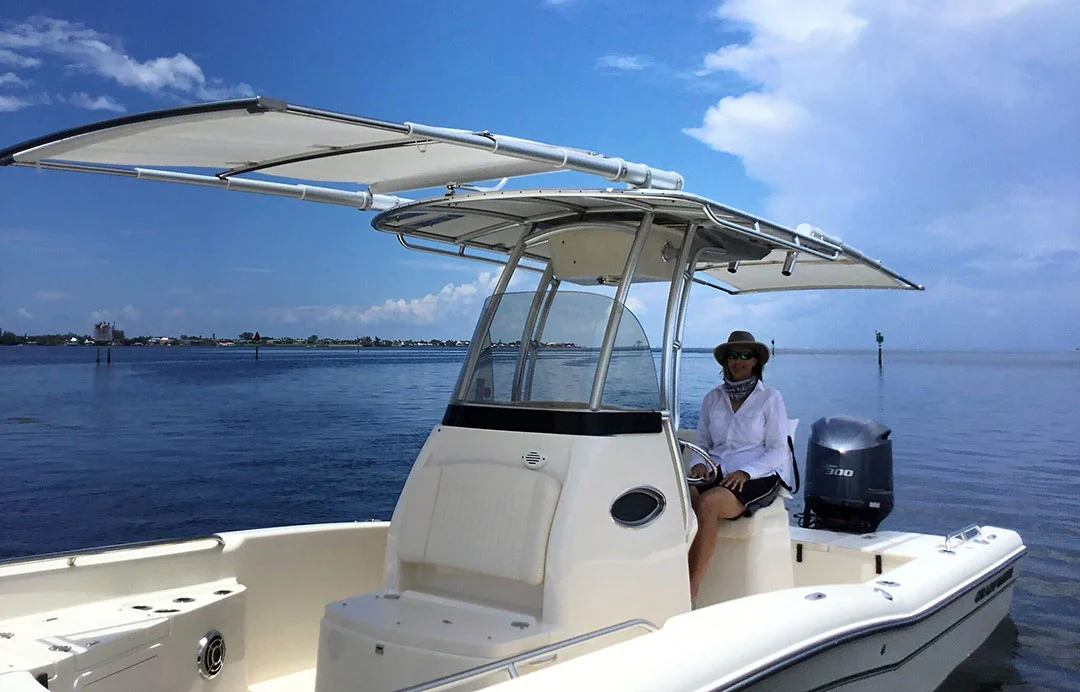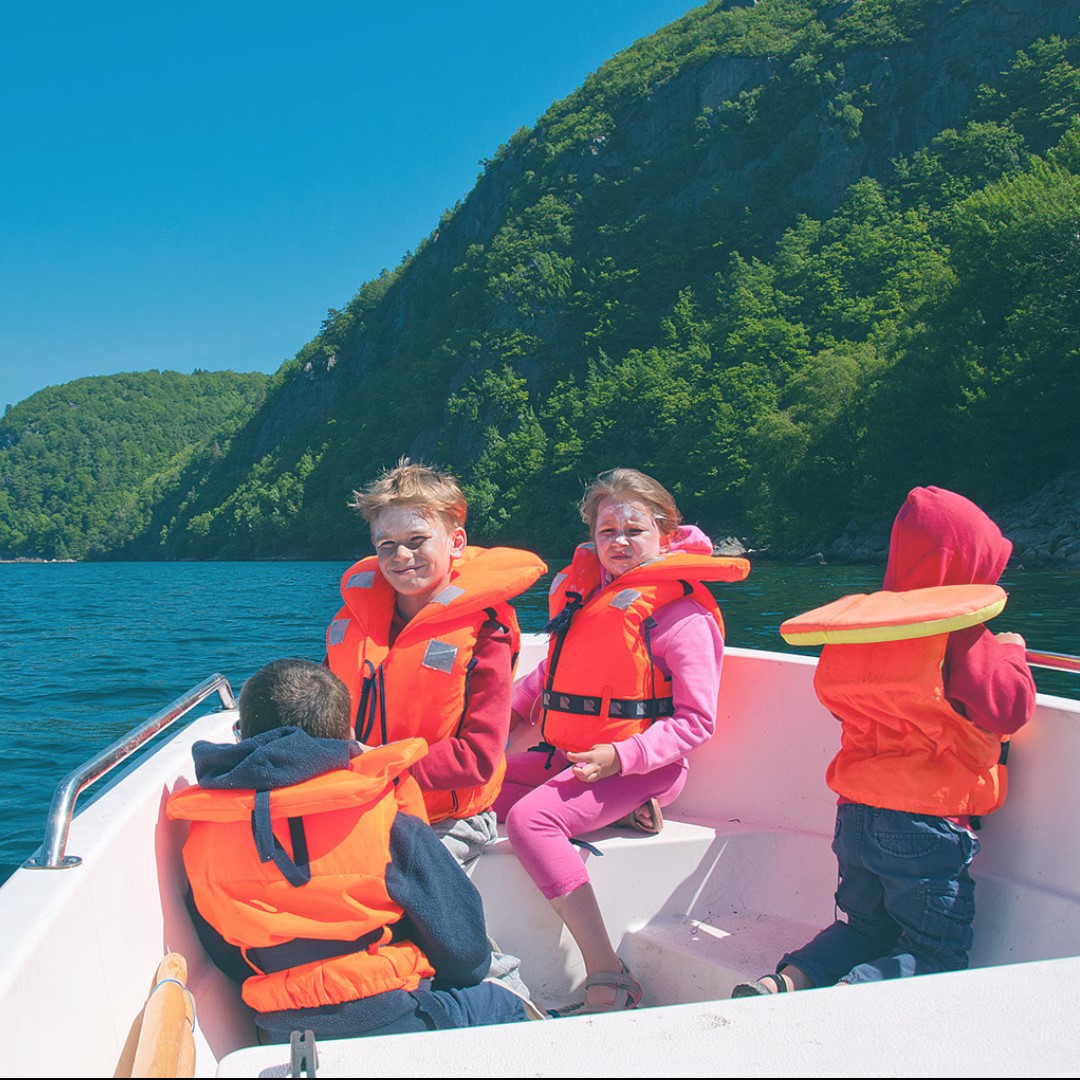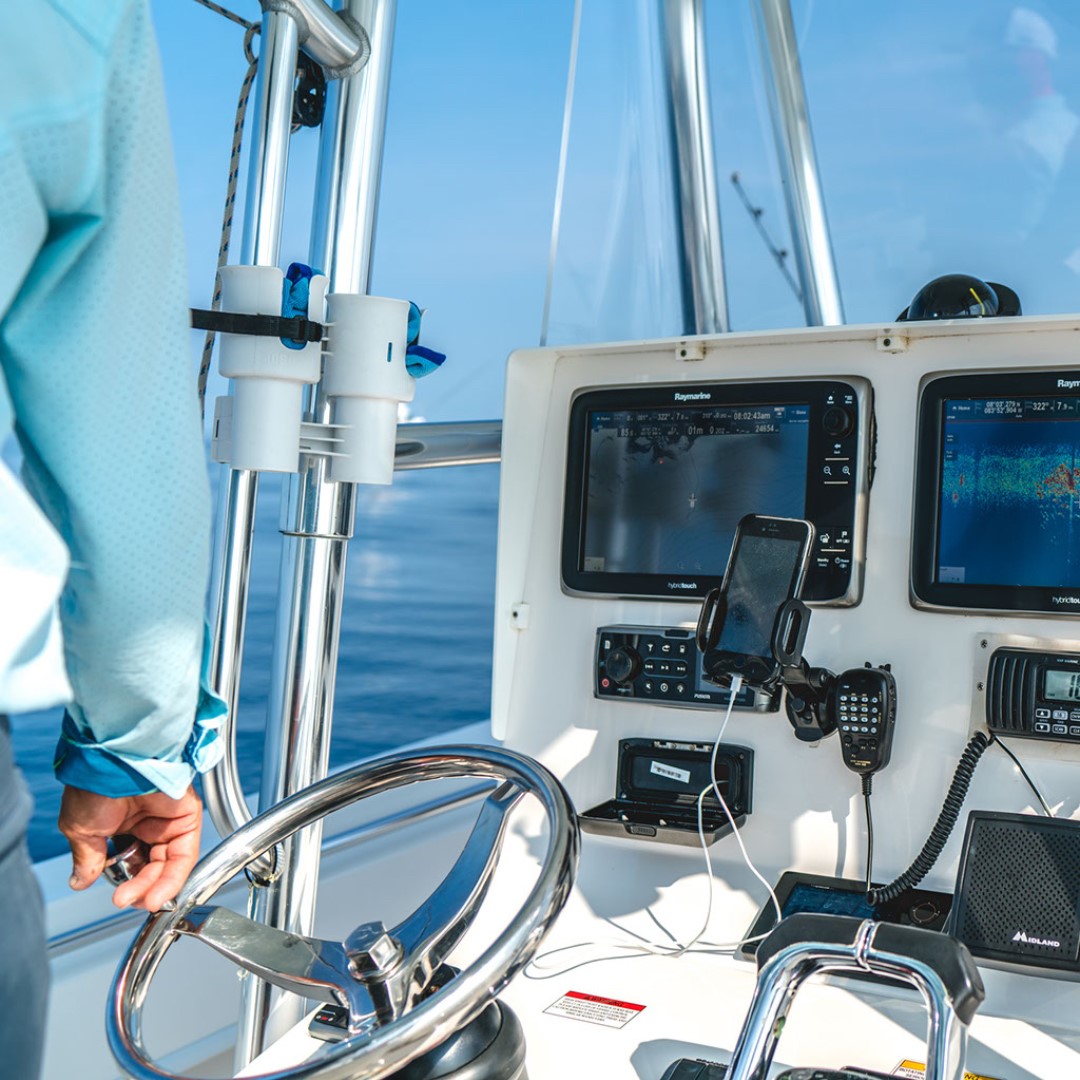Boating is one of the most enjoyable recreational activities you can do. That being said, it’s important to stay safe while on the water. A few simple steps and precautions will go a long way in preventing accidents and ensuring that your time on the water is memorable for all the right reasons.
The following checklist covers some of the basics:
Life jackets and wearable personal flotation devices (PFDs)
To stay safe on the water, you need to wear a life jacket. An accessible wearable PFD is required for every person aboard and must be worn by everyone under 12 years of age too! In case of an emergency situation it’s important that all passengers don’t forget their jackets- or better yet make sure they have one on as soon as they are aboard.
Throwable flotation devices
In order to be prepared for any water emergencies, make sure you have at least one Type IV flotation device on hand. This can come in the form of a life buoy or other similar safety item and is essential if someone falls into the water near your boat.
Visual signaling devices
When you head out to the water, it’s important that your vessel is equipped with a visual distress signal or flares. Boats under 16 feet must have nighttime devices and boats over 16 ft carry both daytime and nighttime signals depending on size. Pyrotechnic devices are an example of what qualifies as nighttime emergency equipment, while flags can be used during the day for boaters in need of help. PWCs cannot use pyrotechnics so they should always keep some type of flag handy!
Sound signaling devices
Sound-generating devices are required by law for all boats. Boaters are required to have sound-generating devices on board, for all boats. This includes portable or fixed horns and whistles which may also include bells, sirens, hydraulic fog signals, etc
Fire extinguishers
A boat fire can be terrifying, so you need to know how to put out a blaze as soon and efficiently as possible. Make sure you have the right kind of extinguisher on board for your size vessel because they come in different types, sizes, and ratings based on what is needed by each type. Boats under 26 feet (including PWCs) should have at least one B-1 Type Extinguisher while boats that are between 26 ft – 40ft will require two B-1 Types or One B2 Type depending on their length.
The gear needed for boating varies based on what kind of activity you do on board. The list below is a checklist of items that can be packed on board of even the smallest of boats;
- Medical kit; cuts, scrapes, seasickness or small emergencies
- Extra Lines; A properly outfitted boat should have at least six dock lines on hand, extra lines are always handy!
- Cellphone; Make sure you have a full battery!
- VHF radio; Also used to call for help and weather reports
- Bailing device or bucket; to drain and stay afloat
- Knife; Used to cut away any obstruction to a propeller
- Heavy duty flashlight; Even you are left stranded as night falls
- Skier or diver down flag; A Flag should always be used to mark their diving area
- Snorkel mask; Used to see under the water for any obstructions
- Working running lights; boats operating at night are required to display navigation lights
In this list of must-haves, we’ve covered the basics that every sailor should have aboard. Of course, you may find other things as time goes on to be essential for your personal enjoyment or safety and will want to add those items as well. Being prepared is always best! Head over to our Accessories page to find some of these items.
More for you to read;
Must-Have Safety Equipment For Your Boat!
Navigating Hurricane Season: A Guide For Safe Boating.
National Safe Boating Week: Navigating Waters With Confidence.
